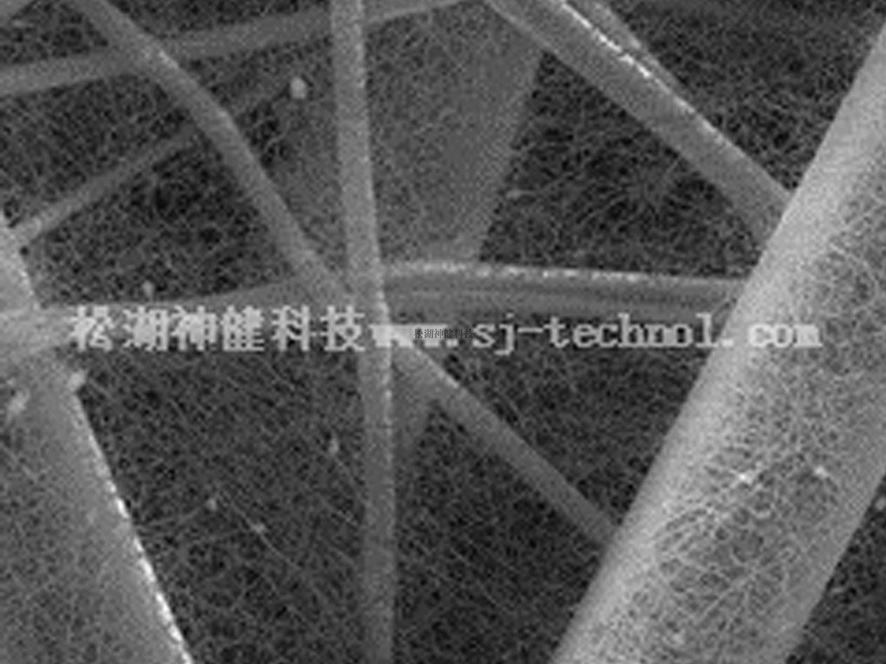The innovative application of nanofiber filter membrane in air purification technology is mainly reflected in the following aspects:
High filtration efficiency: Because of its high surface area to volume ratio, nanofiber filtration membranes can effectively capture small particles in the air, including bacteria, viruses, dust and other harmful microscopic substances, and have extremely high filtration efficiency for fine particles such as PM2.5
Low resistance: The structural design of nanofiber filters can achieve improved airflow and energy efficiency by reducing the resistance of air flow while maintaining high filtration efficiency
Function: By adding materials such as silver nanoparticles or semiconductor metal oxides to the nanofiber filter membrane, it can give the filter membrane and the removal of organic volatile gases, and enhance air purification
Reusable: Some nanofiber filters can be cleaned and recycled to achieve reuse, reducing the frequency of replacement and material waste
Light transmittance: The new nanofiber filter membrane can maintain good light transmittance while maintaining high filtration efficiency, and is suitable for occasions where transparent materials are required, such as anti-haze Windows

Self-cleaning function: Using the super-hydrophobic and oleophobic properties of nanofiber filters, cleaning and regeneration can be achieved through simple spray cleaning and natural air drying, reducing maintenance costs
Electrospinning technology: The development of electrospinning technology has made the production of nanofiber filters more efficient and controllable, enabling the preparation of filters with specific structures and properties
Multi-layer composite structure: By combining nano-fibers and micron fibers of different diameters and morphologies to form a multi-layer composite filter material, the relationship between filtration efficiency, resistance and use can be balanced, and the comprehensive performance of the filter membrane can be improved
Environmentally friendly: nano-fiber filters are designed with environmental factors in mind, and the materials and manufacturing processes used strive to reduce the impact on the environment, in line with the trend of sustainable development
Smart response: Researchers are exploring nanofiber filters based on smart materials that can adjust their filtration performance in response to environmental changes (e.g. humidity, temperature) to combat infectious airborne agents
